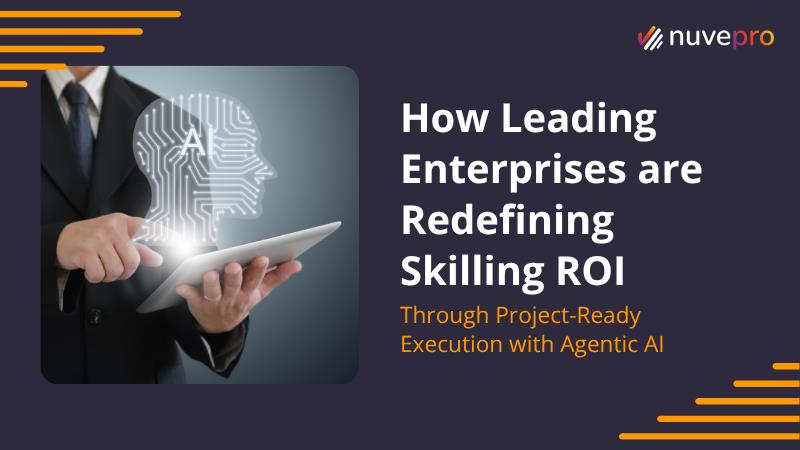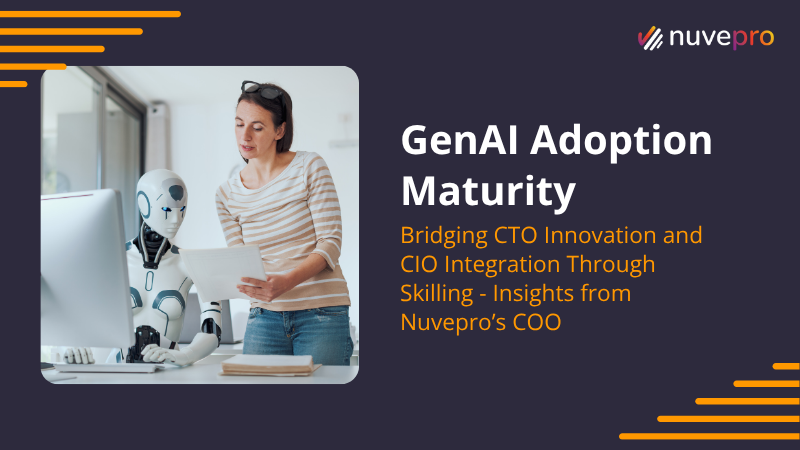Cloud computing has revolutionised the way businesses operate in today’s world. It allows organisations to access computing resources, such as servers, storage, and databases, over the Internet, without needing to own and maintain physical infrastructure. This enables companies to scale their operations quickly and efficiently, reducing the time and costs associated with building and managing on-premise infrastructure.
Furthermore, cloud computing provides businesses with a level of flexibility and agility that was previously unimaginable. Organisations can choose from a range of services offered by cloud providers, including software as a service (SaaS), platform as a service (PaaS), and infrastructure as a service (IaaS). This allows businesses to focus on their core competencies and rely on cloud providers to manage the underlying infrastructure and security.
Hands-on labs are an important part of cloud computing education. With hands-on labs, individuals can gain practical experience working with cloud technologies such as AWS EC2 and Python. This type of training is crucial for job readiness, project readiness, and task readiness. Nuvepro’s labs for upskilling and reskilling are vital for individuals looking to remain competitive in the job market.
AWS EC2 Essentials
Understanding AWS EC2
Amazon Elastic Compute Cloud (EC2) is a web service that provides resizable compute capacity in the cloud. It is designed to make web-scale cloud computing easier for developers. EC2 allows users to launch virtual machines, known as instances, in the cloud. Users can choose from a variety of instance types and pricing models based on their specific needs.
EC2 instance types and pricing models
EC2 offers a range of instance types optimised for different use cases. These instance types vary in terms of compute, memory, storage, and networking capabilities. EC2 pricing models include on-demand, reserved, and spot instances. On-demand instances provide flexibility and allow users to pay only for the computing capacity they use. Reserved instances provide cost savings for users who commit to using specific instance types for a longer period. Spot instances offer the lowest pricing but are subject to market fluctuations and may be interrupted with little notice.
EC2 security groups and key pairs
EC2 security groups provide firewall rules that control inbound and outbound traffic to instances. Users can specify the protocols, ports, and IP ranges that are allowed to access the instance. EC2 key pairs are used for SSH authentication and allow users to securely access their instances.
EC2 storage options
EC2 provides several storage options, including Amazon Elastic Block Store (EBS), Instance Store, and Amazon Elastic File System (EFS). EBS provides persistent block-level storage for EC2 instances. The instance store provides temporary block-level storage for EC2 instances. EFS provides scalable file storage for EC2 instances.
Python for cloud computing
Introduction to Python
Python is a popular programming language widely used in the cloud computing industry. It is known for its simplicity, readability, and versatility. Python’s popularity in cloud computing is due to its ability to automate tasks, process data, and build web applications.
Python libraries for AWS
Python has several libraries that make it easy to work with AWS services. Some popular libraries include Boto3, which provides a Python interface for AWS services, and the AWS SDK for Python, which provides a comprehensive set of APIs for working with AWS services.
Using Python with AWS services
Python can be used to automate tasks in AWS, such as launching and terminating EC2 instances, creating and deleting S3 buckets, and managing AWS Lambda functions. Python can also be used to process and analyse data stored on AWS.
Hands-on Labs for Skill Development
In the world of technology, hands-on learning has become a crucial aspect of upskilling and reskilling. Learning by doing is a highly effective method to develop new skills and reinforce existing ones. This is especially true in cloud computing, where practical experience is essential. That’s why Nuvepro’s Skill Bundle for AWS EC2 and Python includes numerous hands-on labs to help learners gain the necessary experience.
Nuvepro’s Skill Bundle for AWS EC2 and Python offers a comprehensive learning experience that covers both theory and practice. The labs are designed to provide learners with real-world scenarios that they may encounter in their work. These labs help learners build their skills and confidence, making them job-ready, project-ready, and task-ready.
Nuvepro’s Skill Bundle for AWS EC2 and Python includes Labs for Upskilling and Labs for Reskilling. Labs for upskilling are designed to help learners acquire new skills and knowledge, while labs for reskilling help learners refresh their skills and acquire new ones to adapt to new job requirements.
The hands-on labs in Nuvepro’s Skill Bundle for AWS EC2 and Python are designed to simulate real-world scenarios. Learners can practice configuring AWS EC2 instances, creating security groups and key pairs, and working with different storage options. The labs also cover using Python libraries for AWS, working with AWS services, and automating tasks with Python scripts.
Skill Outcomes and Project Examples
After completing Nuvepro’s Skill Bundle for AWS EC2 and Python, learners will gain several skill outcomes. These skill outcomes include the ability to configure AWS EC2 instances, create security groups and key pairs, work with different storage options, and automate tasks with Python scripts.
Nuvepro’s Skill Bundle for AWS EC2 and Python also prepares learners for the industry. By gaining practical experience through hands-on labs, learners will have the skills and confidence to take on real-world projects. The skills learned from Nuvepro’s Skill Bundle can be applied in various industries, including healthcare, finance, and e-commerce.
To demonstrate the practical application of skills learned from Nuvepro’s Skill Bundle for AWS EC2 and Python, learners can refer to project examples using Python and AWS EC2. These project examples include building a web application with AWS Elastic Beanstalk and using AWS Lambda to process data. These examples show how learners can apply their skills in real-world scenarios.
Conclusion
In conclusion, Nuvepro’s Skill Bundle for AWS EC2 and Python offers a comprehensive learning experience that includes hands-on labs for skill development. With the labs, learners can gain practical experience and develop the necessary skills for job readiness, project readiness, and task readiness. The skill bundle also offers several projects and assessments to prepare learners for the industry. By completing Nuvepro’s Skill Bundle for AWS EC2 and Python, learners will be well-equipped to take on various roles in cloud computing.




